World Electric Vehicles
Leadership being played in China
By John Feng
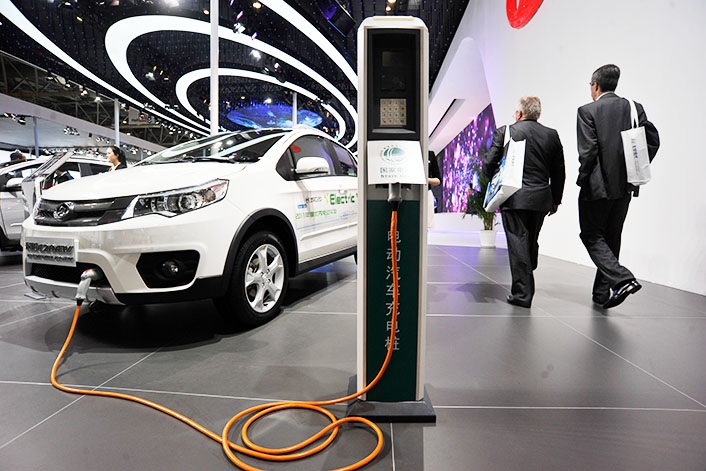 世界电动汽车
世界电动汽车
在中国的领导地位
众所周知我们这个世界的未来必定“更加环保”。那么最大的问题是:如何实现环境更加可持续发展以及谁将领导世界并设定创新标准?
为解决这一问题的答案之一是电动汽车(EV)。
中国“铺平”了道路
中国政府对动力汽车驾驶执照的限制以及所有中国主要汽车制造商必须满足电动汽车配额这一事实,肯定有助于创新。
在中国市场的竞争
根据福布斯的数据,中国品牌占2018年在中国生产和销售的所有电动汽车的96%。国外知名汽车制造商需要支付更多税费并无法获得政府补贴,所以汽车售价高昂是造成目前份额低的原因。
其中一个可行的策略是与当地制造商合作,就像福特与众泰汽车一样。丰田,本田等公司正在与广州汽车集团合作,采用类似策略为中国市场生产电动汽车。
最后,特斯拉采用了最后一项战略,该公司将在中国建立第一家外资汽车工厂,并在美国以外设立第一家特斯拉工厂,通过与上海政府合作能从几家中资银行获得资金。
这一切是否意味着中国市场包揽了全套流程,只需要生产有更多的汽车满足需要即可?并不完全是这样…
挑战
中国仍然需要努力发展“电动”生态系统。根据最近的一项研究表明,中国拥有世界上最多的公共充电站(213,903),但分析每100公里公共充电站的数量,中国并没有出现在前10名。这可能会使用户过多地依赖家中的私人充电桩。
最后,电动汽车的高端市场仍有待充分探索。
结语
毫无疑问,绝大多数强大的工业国家都在对电动汽车进行深度投资,他们有雄心壮志使这个行业成为创新和环境可持续性的旗帜。令人印象深刻的是中国认识到这个行业领域对潜力并制定了一系列准确对政府措施,这是一个巨大对成功。
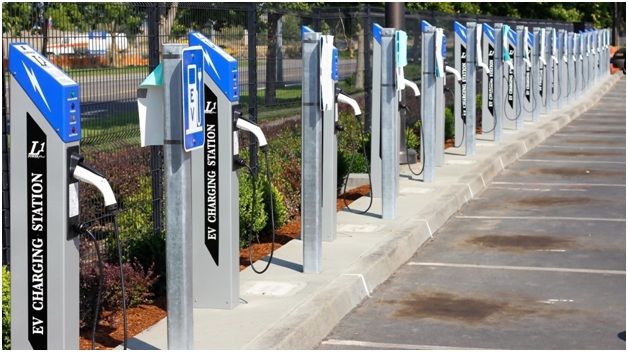 Our world’s future has to be “greener”. We all know that by now. The biggest questions then are, how will we get more environmentally sustainable, when will that happen and who will lead the world and set the bar in the adoption of friendlier innovations?
Our world’s future has to be “greener”. We all know that by now. The biggest questions then are, how will we get more environmentally sustainable, when will that happen and who will lead the world and set the bar in the adoption of friendlier innovations?
One of the measures that has been vastly adopted to tackle such problem is electric vehicles (EVs) and it seems obvious that they will become the norm in the near future.
There are countries that dream about impressive quotas of EVs in circulation for the next 10 years, but dreaming is not enough. The United States and some European countries have been struggling to produce affordable electric cars to the masses and even with the most recent Tesla Model 3 priced at $35.000, the average citizen cannot afford it. However, there is at least one country that is producing interesting results.
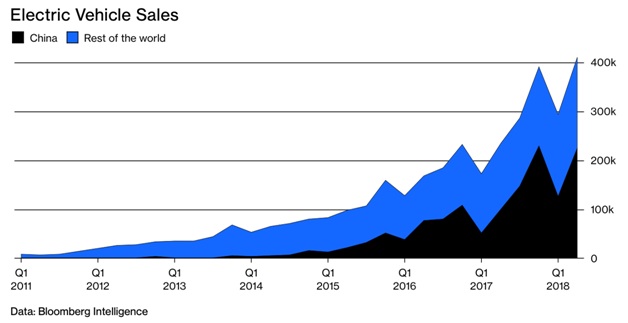 China “paving” the way
China “paving” the way
First of all, it is vital to understand what the situation is around the world. By analysing the graph below, it becomes clear that there are two main markets in this industry: China and the rest of the world.
The Chinese government’s measures have their share of responsibility in these results. The limitation of driver’s licenses’ issuances for gas-powered vehicles and the fact that all the major car manufacturers producing in China have to meet quotas of EVs, has definitely helped in the adoption of this innovation.
However, there are other factors that are crucial to these numbers. The most distinctive factor in this kind of cars are the batteries. When we analyse in these terms, it becomes clear why China has such a predominant position in the worldwide EV production: according to Yano Research Institute, China owns between 50% and 77% of the global market of raw materials used to produce the four main components (anode, cathode, separator, and electrolyte) for the batteries.
So, if China dominates sales and supply of raw materials, does this mean it operates a monopoly?
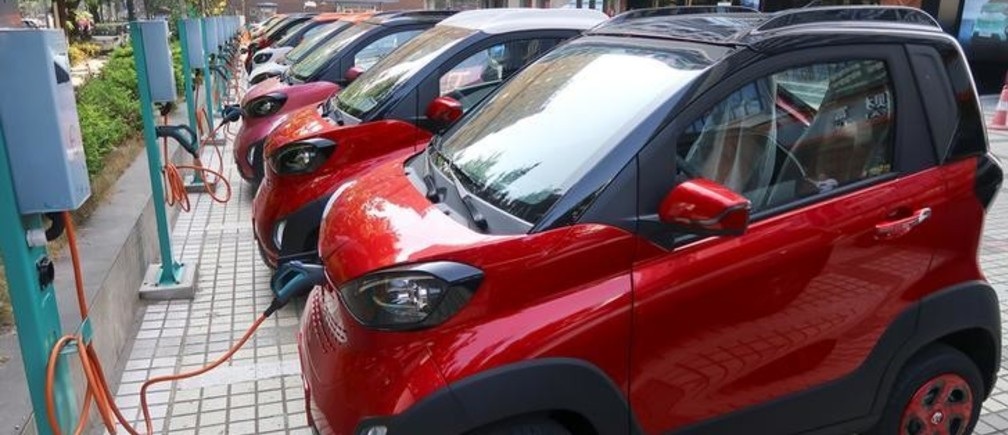 Competition in the Chinese market
Competition in the Chinese market
In fair truth, we cannot call it competition yet, but calling it a monopoly might also be too farfetched.
According to Forbes, Chinese brands represent 96% of all the EVs built and sold in the country in 2018. Moreover, when we assess what kind of cars are being produced, it becomes clear why the renowned carmakers cannot create an impact yet. From the five best-selling electric vehicles in China, three have prices, after subsidies, below $10,000. This creates a very big barrier for foreign competitors that need to pay extra taxes, hence having to set higher price tags.
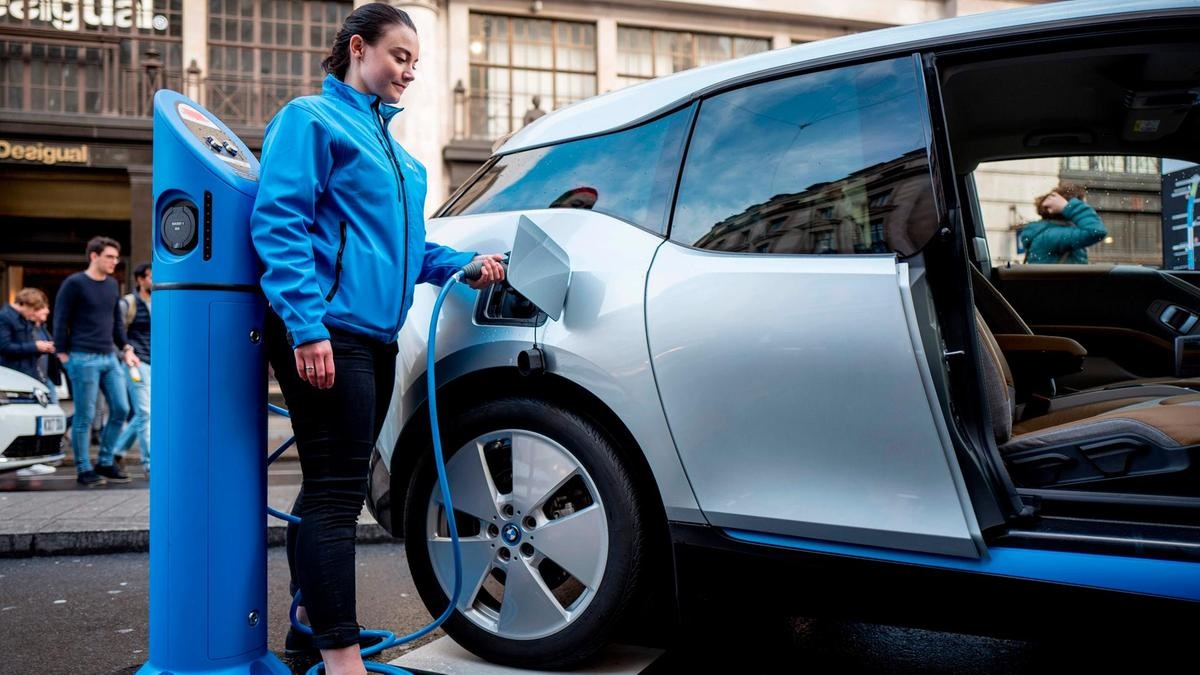 However, brands like Volkswagen, BMW, and Ford, are committed to producing in the country and will do all in their reach to meet the government’s quotas and adjust their prices. One of the available strategies is to partner with local manufacturers, like Ford is doing with Zotye Automobile. Toyota, Honda, and others are applying similar strategies to produce their electric car for the Chinese market, having partnered with Guangzhou Automobile Group. With the same strategy is Polestar, a brand launched in 2017 jointly by Volvo Car Group and Zhejiang Geely Holding, which will start producing its full-electric Polestar 2 in 2020.
However, brands like Volkswagen, BMW, and Ford, are committed to producing in the country and will do all in their reach to meet the government’s quotas and adjust their prices. One of the available strategies is to partner with local manufacturers, like Ford is doing with Zotye Automobile. Toyota, Honda, and others are applying similar strategies to produce their electric car for the Chinese market, having partnered with Guangzhou Automobile Group. With the same strategy is Polestar, a brand launched in 2017 jointly by Volvo Car Group and Zhejiang Geely Holding, which will start producing its full-electric Polestar 2 in 2020.
Finally, the last strategy was adopted by Tesla, which will have the first foreign-owned car plant in China and the first Tesla factory outside the US. By partnering with the Shanghai government and getting funds from several Chinese banks, Elon Musk’s company was able to keep the project in-house and rely only on its current shareholders.
Does all this mean that the Chinese market is full set and only more cars need to be sold to the population? Not quite…
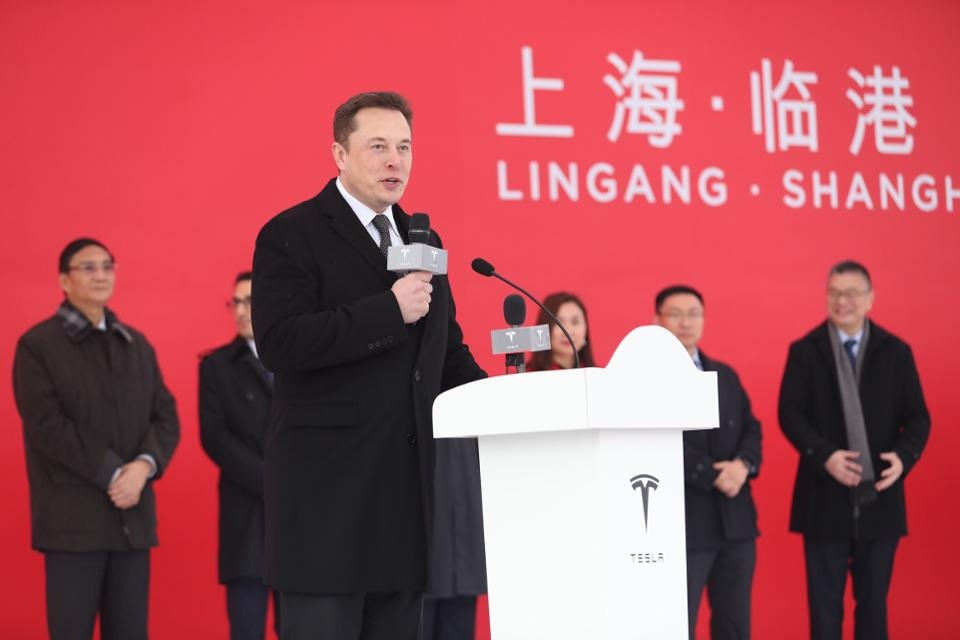 Challenges
Challenges
Even though China has the biggest amount of EVs in the world, it still has work to do to develop the “electric” ecosystem. According to a recent study from GoCompare, China has the biggest amount of publicly available charging stations (213,903) in the world, but when we analyse them per each 100 km of road, it does not appear on the top 10.
This also means that there is an alarming number of electric cars per charging station, which might make the users rely too much on their private chargers at home.
Finally, the high-end market of EVs is still to be adequately explored. Currently, start-ups like NIO, Byton, and XPENG, are treading their way in the segment, but still far from being relevant players.
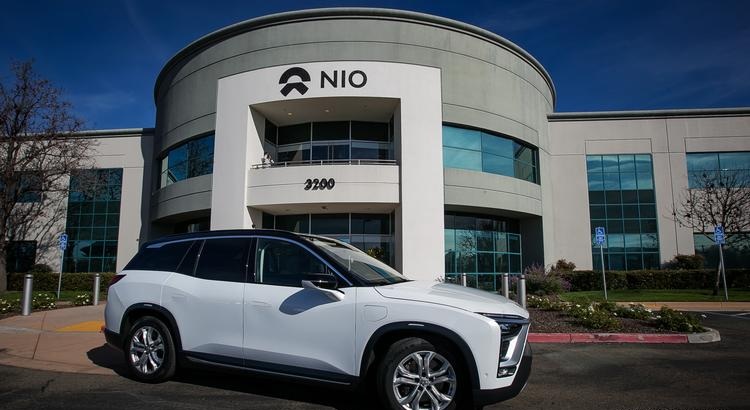 Wrapping Up
Wrapping Up
There is no doubt that the vast majority of the strong industrial countries are deeply investing in EVs and they have ambitions to make this industry a flag for both innovation and environmental sustainability. Besides this, it is impressive how fast China recognized the potential of this industry segment and how precise were the government’s measures. Everything combined created an inevitable success that is now being acclaimed all over the world.
Anyway, there is no time to rest for any company and we, as human beings, could not ask for better competition than the one that intends to save our planet.